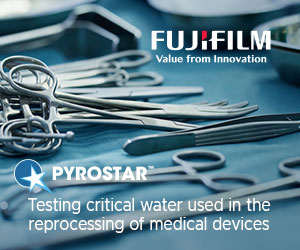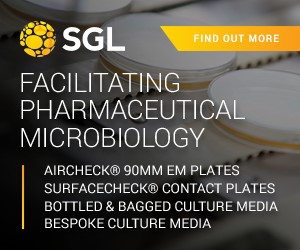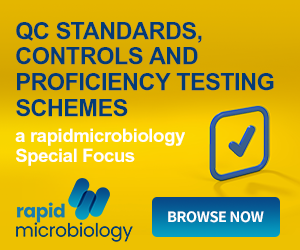Clostridium PET For the rapid identification of Clostridium perfringens and Clostridium difficile
20 tests | Clostridium PET uses a combination of chromogenic substrates to detect the prescence of preformed enzymes in fresh cultures of Clostridia. The test can be used to presumptively identify Clostridium perfringens and Clostridium difficile within 2–4 hours. The Clostridium PET is a rapid alternative to the Nagler plate, the traditional method of presumptively identifying Clostridium perfringens.
|
| Clostridium PET |
| Results Results for: C. perfringens, C. difficile, C. glycolicum, C. innocum |
Source : BioConnections View Company Information
Posted on September 25, 2003






